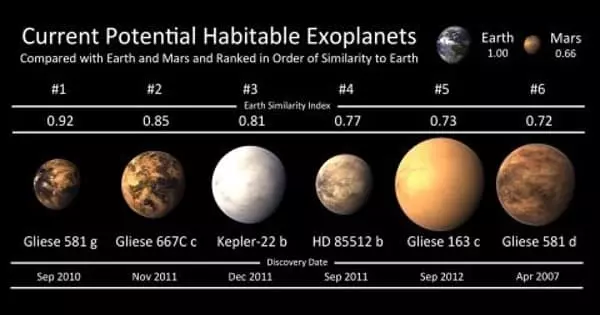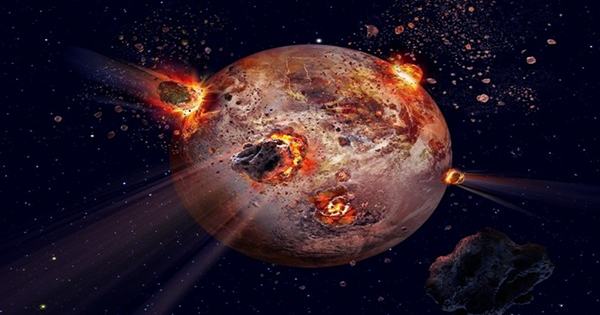Scientists have been studying planet formation and the formation of different types of planets, such as super-Earths and giant planets, using computer simulations and observational data. Additionally, laboratory experiments have been conducted to study the physical and chemical processes that occur during planet formation, such as the behavior of dust and ice particles in the protoplanetary disk, but these experiments do not recreate the entire process of planet formation.
In order to document the material characteristics that influenced the processes of planet formation and evolution, new laser-driven compression experiments recreate the conditions deep inside exotic super-Earths and giant planet cores as well as the conditions during the violent birth of Earth-like planets.
The studies, which are detailed in the Jan. 23 (2015) issue of Science, shed light on silica’s peculiar characteristics under the intense pressures and temperatures that are important for planetary formation and interior evolution. Silica is a major component of rock.
Using laser-driven shock compression and ultrafast diagnostics, Lawrence Livermore National Laboratory (LLNL) physicist Marius Millot and colleagues from Bayreuth University (Germany), LLNL and the University of California, Berkeley were able to measure the melting temperature of silica at 500 GPa (5 million atmospheres), a pressure comparable to the core-mantle boundary pressure for a super-Earth planet (5 Earth masses), Uranus and Neptune. The last phases of planet formation are also characterized by a regime of massive impacts.
“Deep inside planets, extreme density, pressure and temperature strongly modify the properties of the constituent materials,” Millot said. “How much heat solids can sustain before melting under pressure is key to determining a planet’s internal structure and evolution, and now we can measure it directly in the laboratory.”
The new data reveal that mantle silicates and core metal have comparable melting temperatures above 300-500 GPa, which, when combined with earlier melting studies on other oxides and on iron, suggests that massive rocky planets may frequently have deep oceans of magma-molten rock. Planetary magnetic fields can be formed in this liquid-rock layer.
Stishovite, being much denser than quartz or fused-silica, stays cooler under shock compression, and that allowed us to measure the melting temperature at a much higher pressure. Dynamic compression of planetary-relevant materials is a very exciting field right now. Deep inside planets hydrogen is a metallic fluid, helium rains, fluid silica is a metal and water may be superionic.
Marius Millot
“In addition, our research suggests that silica is likely solid inside Neptune, Uranus, Saturn and Jupiter cores, which sets new constraints on future improved models for the structure and evolution of these planets,” Millot said.
The development of high-pressure crystal formation methods at Bayreuth University in Germany allowed for such advancements. There, Natalia Dubrovinskaia and colleagues created millimeter-sized transparent polycrystals and single crystals of stishovite, a high-density silica (SiO2) mineral that is often only found in trace amounts close to meteor impact craters.
Those crystals allowed Millot and colleagues to conduct the first laser-driven shock compression study of stishovite using ultrafast optical pyrometry and velocimetry at the Omega Laser Facility at the University of Rochester’s Laboratory for Laser Energetics.
“Stishovite, being much denser than quartz or fused-silica, stays cooler under shock compression, and that allowed us to measure the melting temperature at a much higher pressure,” Millot said. “Dynamic compression of planetary-relevant materials is a very exciting field right now. Deep inside planets hydrogen is a metallic fluid, helium rains, fluid silica is a metal and water may be superionic.”
In fact, the finding of more than 1,000 exoplanets recently shows the wide variety of planetary systems, planet sizes, and planet characteristics. It also casts a new light on our own solar system and launches a search for habitable planets with extraterrestrial life.
Millot and colleagues intend to use dynamic compression to study the exotic behavior of the primary planetary constituents in order to better understand the formation of the Earth and the origin of life by simulating in the lab the extreme conditions present deep inside giant planets as well as during planet formation.
















